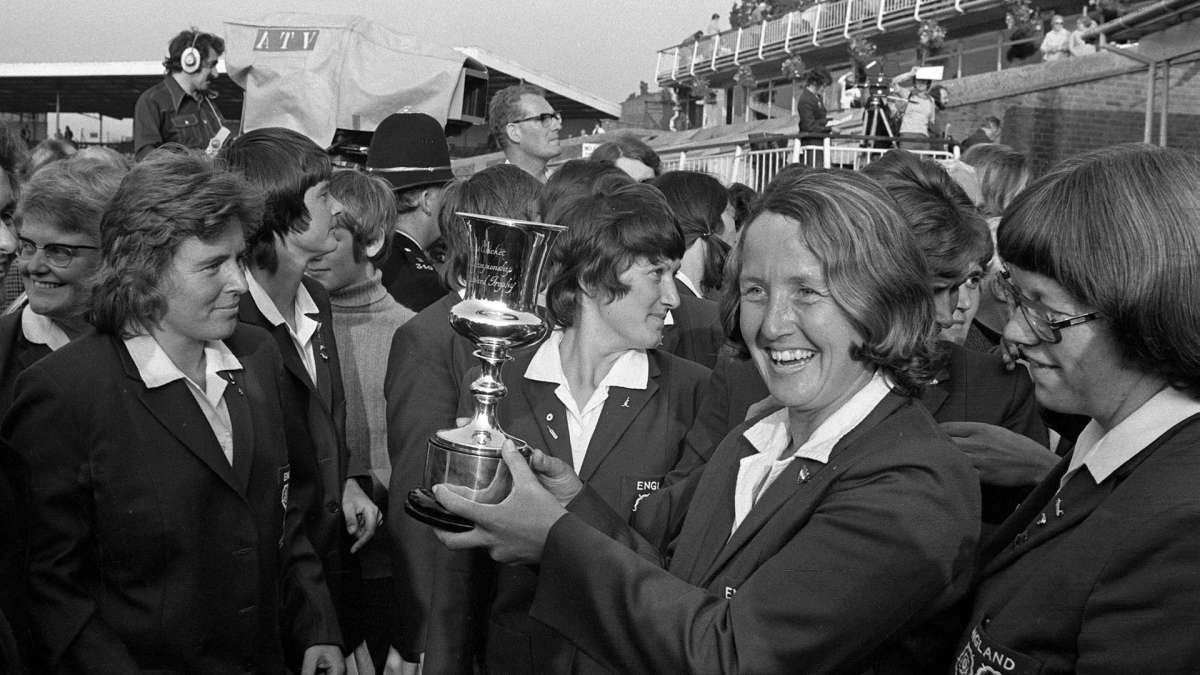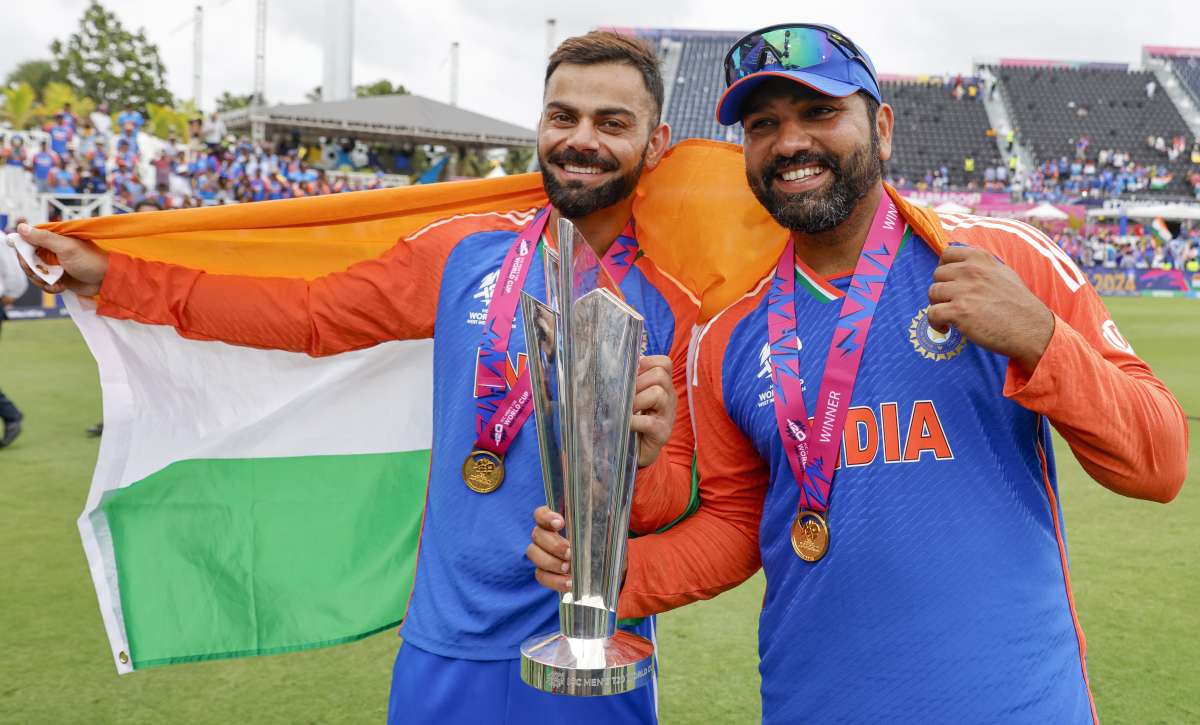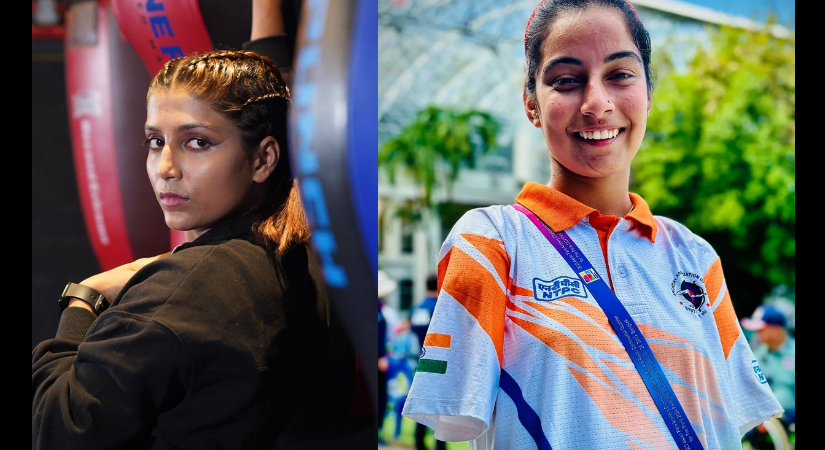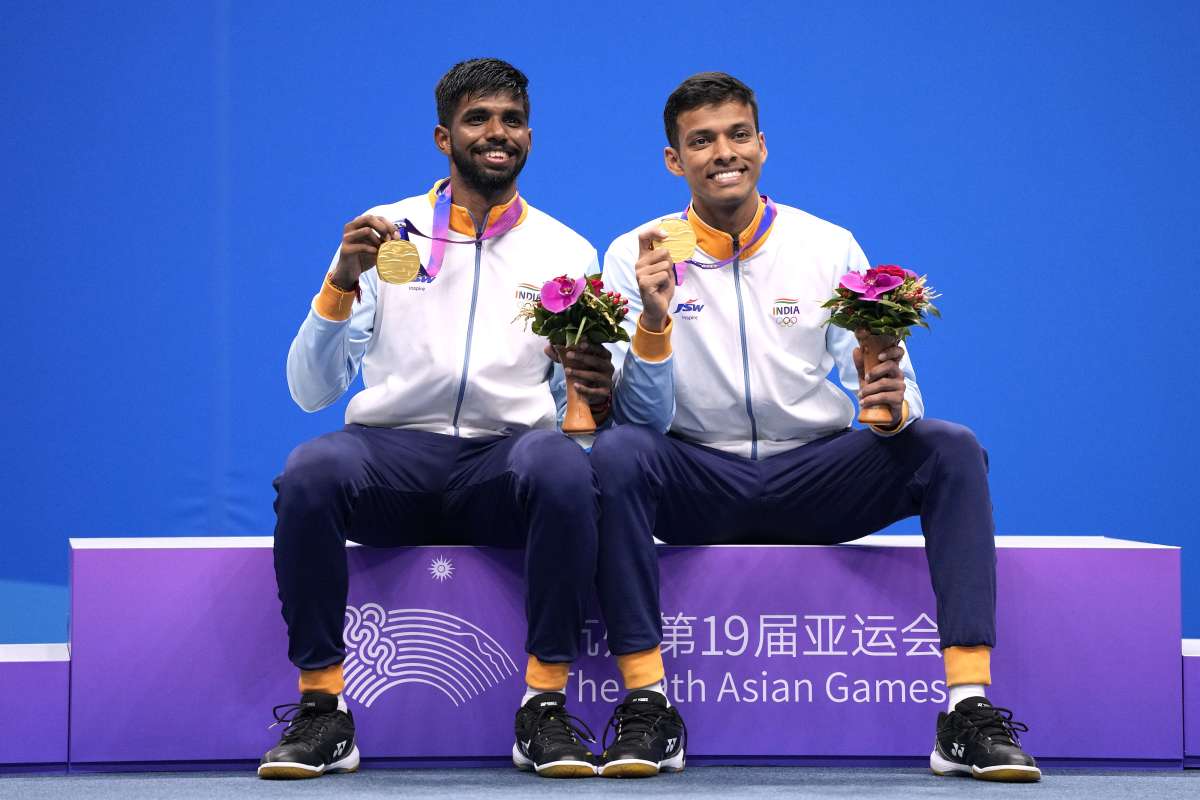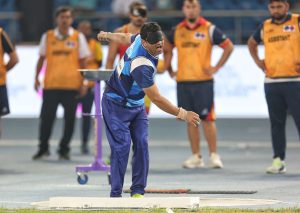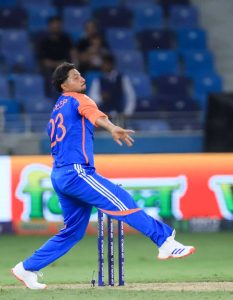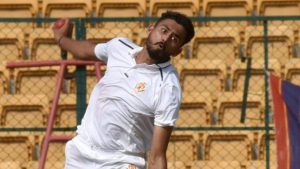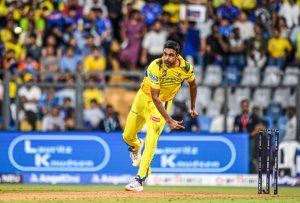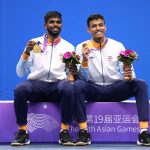The International Cricket Council initiated a five-week-long celebration to mark the anniversary of the start of the first-ever Cricket World Cup, the Women’s World Cup that was staged in England on June 20, 1973…reports Asian Lite News
Cricket has a unique place in global sport as the sport that organised the women’s World Cup before a men’s world event.
The women’s event was held in 1973 while the men’s took place two years later. The factor common in both events is that they were held in England.
The International Cricket Council (ICC) on Tuesday initiated a five-week-long celebration to mark the anniversary of the start of the first-ever Cricket World Cup, the Women’s World Cup that was staged in England on June 20, 1973.
The tribute to mark the anniversary of the tournament will end on July 28, the day the final match of the 1973 edition was played.
Over the next five weeks, the ICC will publish content that celebrates the event that began the global extravaganza for both the women’s and men’s games, seeking to pay tribute to the heroes of that era.
The tournament opener between Jamaica and New Zealand was washed out without a ball being bowled. The tournament was won by England, who beat Australia by 92 runs at Edgbaston on July 28, 1973, with the trophy presented to the winning captain, Rachel Heyhoe-Flint.
The tournament featured seven teams — Australia, England, an International XI, Jamaica, New Zealand, Trinidad & Tobago, and Young England. British businessman Sir Jack Hayward’s liberal sponsorship of GBP 40,000 brought to life the first-ever Cricket World Cup.
To begin celebrations, the ICC has shared several photos from the event on ICC’s social media channels. The photos include a picture of Jamaica cricketer Paulette Lynch posing with ICC Hall of Famer Heyhoe-Flint, who features in many of the images.
Several former players were delighted to share their memories of the inaugural event and what it meant to them and the game.
Enid Bakewell MBE was the tournament’s leading run scorer with 264 runs for England, scoring two centuries in four innings at an average of 88.00 and a high score of 118, the ICC informed in a release on Tuesday.
She said: “My main memories of 1973 are seeing my dad with his rug over his arm coming to me after I had scored a century!
“After the final had been won by England, we were presented to Princess Anne who later gave me an MBE at Buckingham Palace.
“Rachael Heyhoe-Flint was the real superwoman who fought to promote the women’s game. She took her ukulele to Lord’s and played it outside the ground on the street to let people know that women played cricket.
“She was a real inspira”ion on and off the field,” Enid Bakewell said.
Lynne Thomas was the second leading run-scorer and opened the batting for England. She ended the tournament with 263 runs in four innings that included a highest score of 134, averaging 87.66.
She said: “It was a great honour for me to represent England in the first-ever World Cup in 1973. I felt I was also representing my home country, Wales, of which I am very proud. It was a hugely successful tournament played in a true sporting spirit.
“The staging of the World Cup in 1973 put a tournament format into the women’s cricket calendar for the first time. It took place every four years and is still being played today. I think that its success has contributed to the forming of other women’s world events such as the T20 World Cup,” she was quoted as saying by ICC in a release.
Being introduced to Her Royal Highness Princess Anne before the final and holding the Cup after the presentation were also major highlights for the players.
“I have fond memories of the happy times the team spent together. The closeness of the team members, how we blended together and the fun we had. We all enjoyed playing cricket and the friendships we formed will last forever,” she added.
Louise Browne (Trinidad & Tobago captain): “It does not seem as though 50 years have gone by since I was asked to lead the Trinidad and Tobago women’s team to the inaugural Cricket World Cup in 1973. Four members of our squad had attended Cricket Week in Malvern (England) in 1971, but the rest of the team had not travelled beyond the Caribbean borders.
“At that inaugural World Cup, we placed fifth among the seven participating teams, with wins only against Young England and Jamaica. Our participation, however, brought recognition to women’s cricket, not only in Trinidad and Tobago and Jamaica but throughout the Caribbean region.

“It is a pleasure to know that women can now play cricket professionally. The franchise tournaments being established worldwide have added excitement to the game. I hope that the present players will continue to be true ambassadors for our sport, and they will represent their country or region with the passion and pride that we did. Women’s cricket in Trinidad and Tobago, the Caribbean, and the world still has a long”way to go, but we are on the right track.”
Said Margaret Jennings (Australia), “It was the first time I had ever travelled to the UK along with most of my teammates.
“Previously, tours had been once every 10 years but here we were playing against the best teams in the World before anyone else had even thought of it. It was such a wonderful feeling to play against different countries and provided all of us with experiences money could not buy,” she said.
“Thanks to Rachel Heyhoe-Flint and Sir Jack Hayward we were treated well, and we all felt like real international cricketers in 1973. The concept of playing against all teams was one to be savoured and the final game against England where we were well and truly beaten, didn’t matter as cricket was the winner,” she added.
Sharon Tredrea of Australia recalled some memorable moments from the 1973 event. “This was the biggest thing to ever happen in women’s cricket, a World Cup format, prior to the men, none of which would have occurred without the amazing work of Rachel Heyhoe-Flint and her friend, Sir Jack Hayward, who sponsored the entire tournament.
“For me, representing your country is such a proud moment. To have had the opportunity to participate in this World Cup, now 50 years ago was a privilege. The competition during the World Cup was fierce, but played in a very sporting way, with a lot of respect for opponents. This World Cup showcased the best of the best from around the world and opened the eyes of many who dismissed women’s cricket.
“The build-up, once we arrived in England was incredible. It was like nothing any of us had experienced before. Every day, news articles in the major newspapers were published, and to have the opportunity to play on major grounds in the UK was mind-blowing.
“It created a tournament that has carried on through 50 years, albeit the format changing with the times, now 50 overs not 60, but it was the catalyst for more regular international competitions and the forerunner to the game we now see, boasting professional women cricketers around the world. I was fortunate to go on and play in three more World Cups, winning those three as a member of the Aussie team.
“Although it was bitterly disappointing to lose that first final to England, the media loved it and it pr”vided unheard-of publicity for the women’s game globally,” she recalled.
ICC Chief Executive, Geoff Allardice paid tribute to the pioneers of the women’s game, saying: “Today is not just a celebration of 50 years of the Women’s Cricket World Cup, but the first-ever Cricket World Cup and gives us the opportunity to recognise the women who were pioneers of our sport. In staging the first-ever Cricket World Cup, they set the foundations in place for the vibrant women’s cricket landscape we enjoy today.
“The global growth of women’s cricket is one of the ICC’s six strategic priority projects. Part of this is our mission to grow the number of female cricket fans and participants in the game worldwide and deliver ICC women’s events of equal standing and recognition with men’s events.
“The launch of the ICC Women’s T20 World Cup in 2009, the professionalization of women’s cricket around the world and the exciting number of global franchise T20 leagues is the fruit of the seed that was pla”ted by Rachel Heyhoe-Flint and her fellow players back in 1973,” he added.

